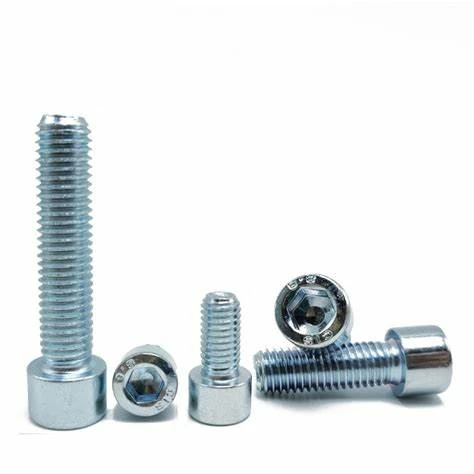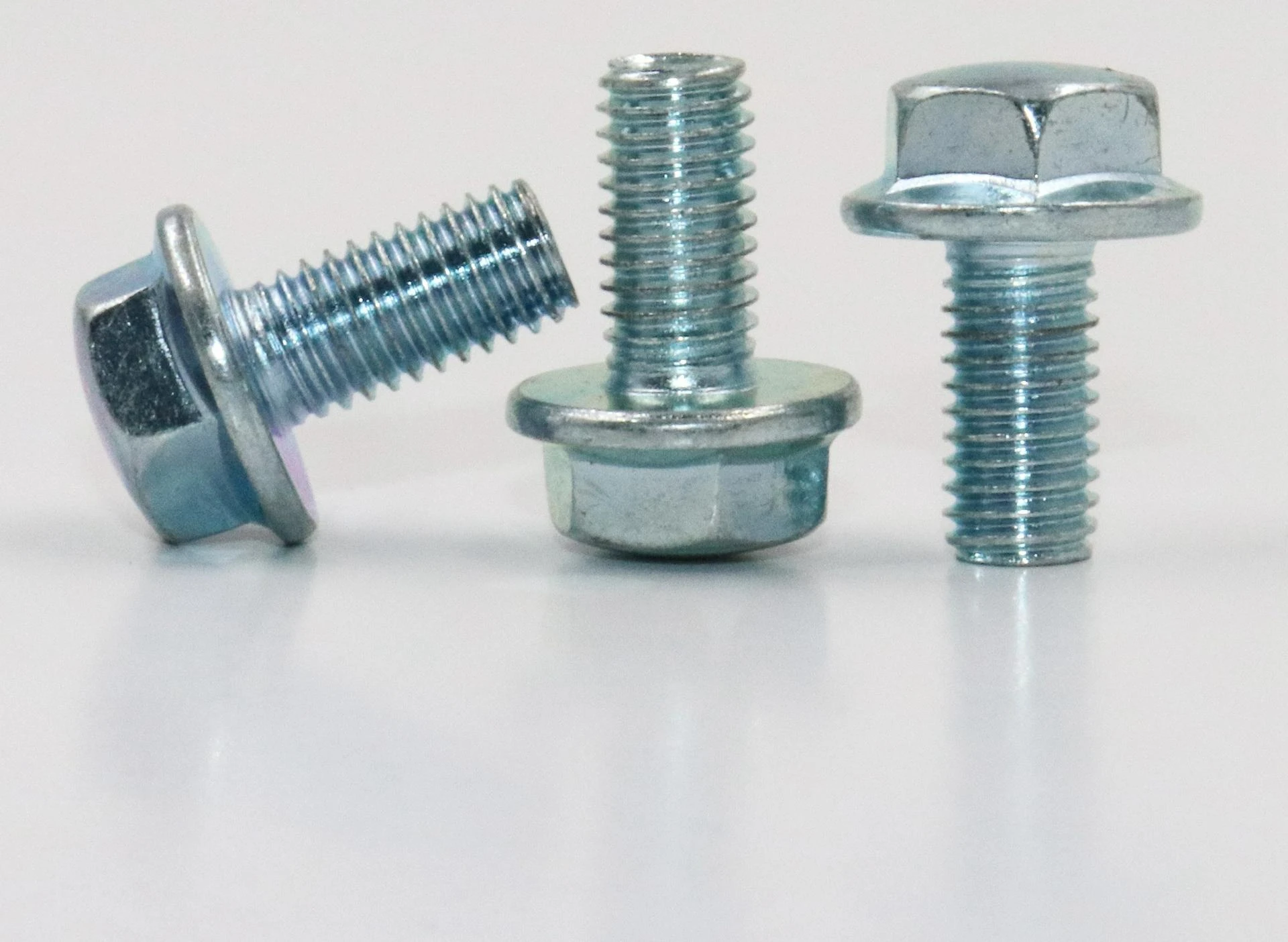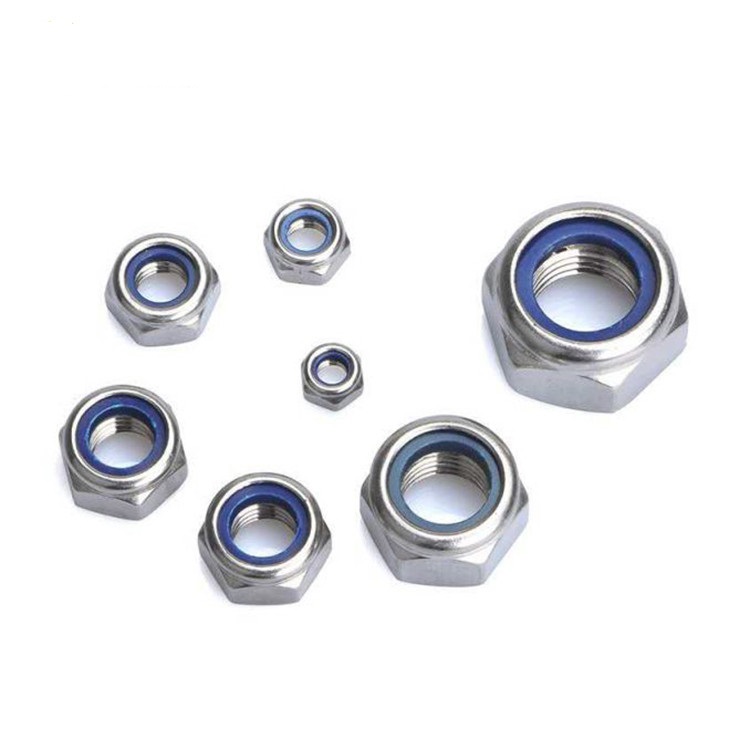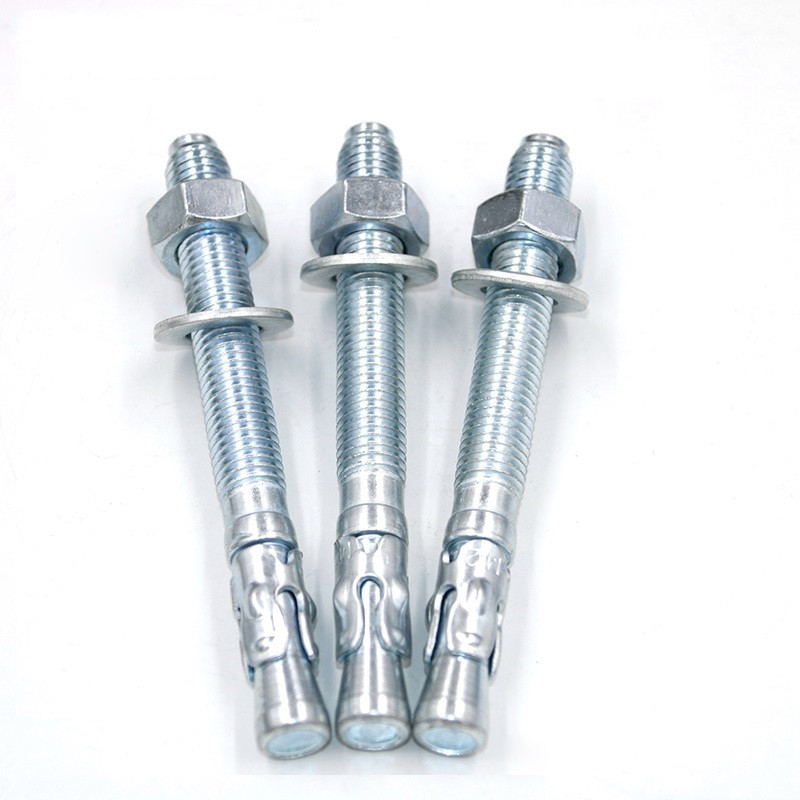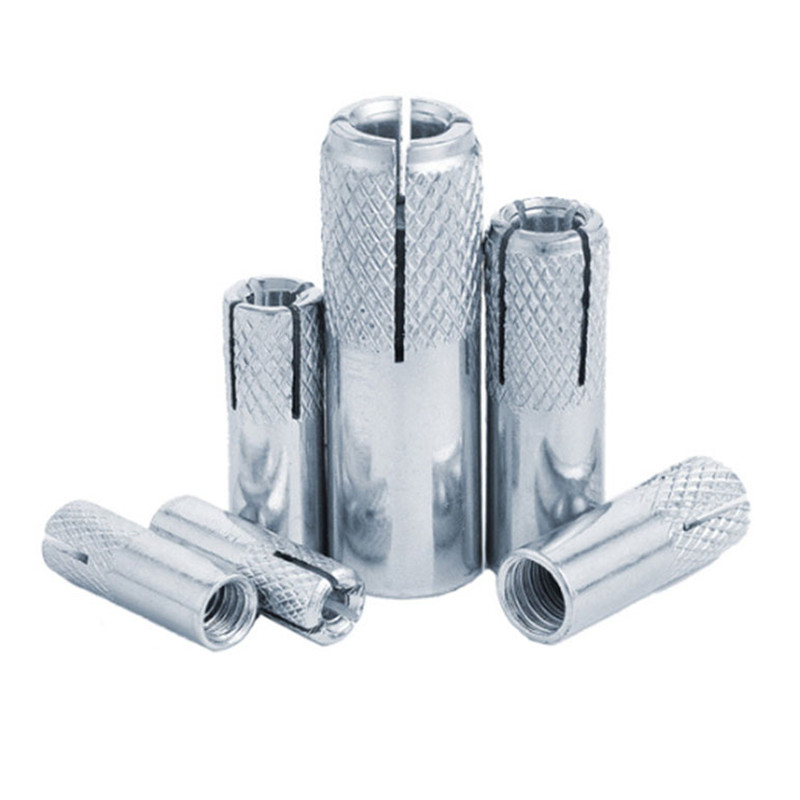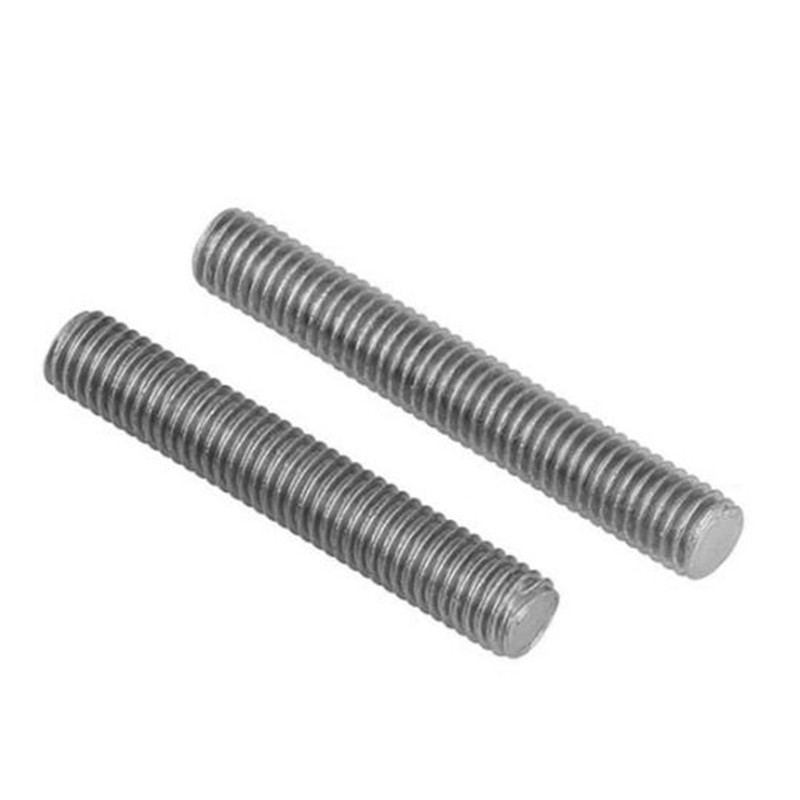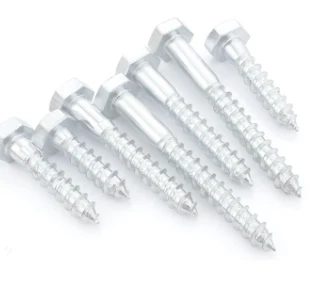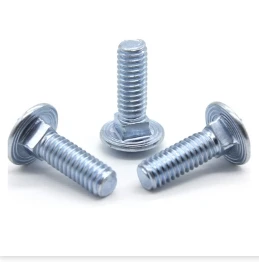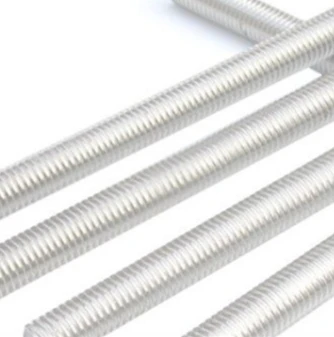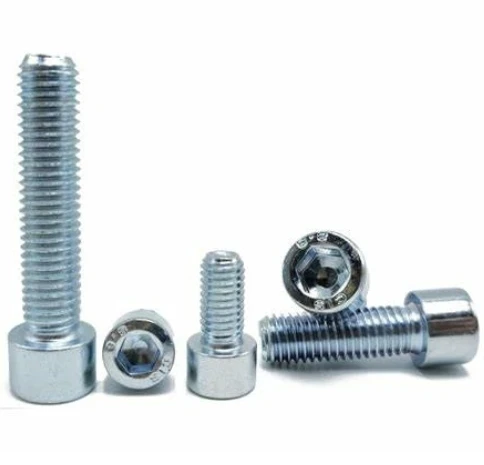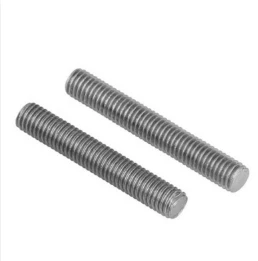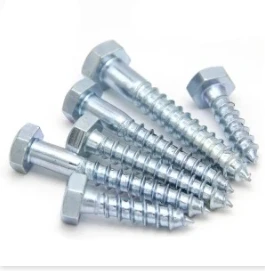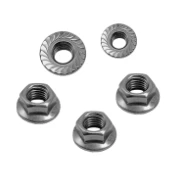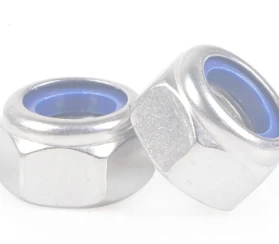Understanding the DIN 933 Standard and Its Market Significance
In industrial fastening, the DIN933 Hex Bolt stands as a cornerstone, renowned for its full-thread design and exceptional reliability. This standard specifies hex head bolts with threads up to the head, making them ideal for applications requiring maximum thread engagement and shear strength. The global market for industrial fasteners, especially high-strength bolts like those adhering to the DIN 933 standard, is experiencing steady growth driven by expanding infrastructure projects, robust manufacturing sectors, and advancements in renewable energy. As industries prioritize safety, durability, and cost-effectiveness, the demand for meticulously engineered fasteners that meet stringent international standards continues to surge.
The increasing complexity of modern machinery and structures necessitates fasteners capable of withstanding extreme conditions, including high temperatures, corrosive environments, and dynamic loads. This trend significantly boosts the adoption of specialized fasteners, including variations of the DIN933 Hex Bolt made from various materials like `mild steel hex bolt` or high-grade stainless steel such as `DIN 933 A2`. Industry forecasts indicate a sustained demand, particularly in sectors such as automotive, aerospace, construction, and heavy machinery, where precise specifications and unwavering performance are non-negotiable. Manufacturers who can consistently deliver on these fronts, offering both standardized and custom solutions, are poised for significant market advantage.
Technical Specifications and Material Versatility
The `din 933` standard dictates crucial dimensions, tolerances, and mechanical properties for hex bolts. Understanding these specifications is paramount for ensuring compatibility and structural integrity in any application. For instance, a `din 933 m10` bolt specifies a 10mm nominal diameter, with precise pitch and thread length requirements. Materials range from common carbon steels, often referred to as `mild steel hex bolt`, to high-performance stainless steels like `DIN 933 A2`, which offers excellent corrosion resistance. The choice of material directly impacts the bolt's tensile strength, yield strength, and ultimately, its suitability for specific environments.
Below is a comprehensive table outlining key parameters for common DIN933 Hex Bolt variants. This data is critical for engineers and procurement specialists selecting the appropriate fastener for their projects. It encompasses typical dimensions, material grades, and their corresponding mechanical properties, providing a quick reference for performance characteristics.

| Parameter | Description | Typical Value/Range |
|---|---|---|
| Standard | Full Thread Hexagon Head Bolt | DIN 933 |
| Diameter Range (d) | Nominal Thread Diameter | M3 to M64 (Common: M6-M30) |
| Length Range (l) | Overall Length from under head | Up to 400mm+ |
| Material Grades | Common Carbon Steel, Alloy Steel, Stainless Steel | 4.8, 5.8, 8.8, 10.9, 12.9 (Carbon/Alloy); A2-70, A4-80 (Stainless Steel) |
| Tensile Strength (min.) | Max. stress before breaking | 400 MPa (for 4.8) to 1200 MPa (for 12.9) |
| Yield Strength (min.) | Stress at which permanent deformation occurs | 320 MPa (for 4.8) to 1080 MPa (for 12.9) |
| Surface Finish | Protective Coating/Treatment | Plain, Zinc Plated, Hot-dip Galvanized, Dacromet, Black Oxide |
| Applicable Standards | Related International Standards | ISO 4017, EN ISO 4017 (equivalent to DIN 933) |
The Precision Manufacturing Process of DIN933 Hex Bolts
The production of a high-quality DIN933 Hex Bolt is a complex interplay of advanced metallurgy and precision engineering. The journey begins with raw material selection, typically high-grade steel wire rods, which are carefully inspected to ensure compliance with chemical composition and mechanical property standards. This is followed by wire drawing, a process that reduces the wire's diameter and enhances its tensile strength. The core manufacturing stages often involve cold forging or hot forging, depending on the material and desired properties. Cold forging, for instance, significantly improves the mechanical strength and surface finish by deforming the metal at room temperature, while hot forging is preferred for larger bolts or harder materials to facilitate shaping.
Post-forging, critical processes like thread rolling are employed to create the precise `din 933` full threads. Unlike cutting, thread rolling forms the threads by plastically deforming the material, resulting in superior strength, fatigue resistance, and a smoother surface finish. Heat treatment, such as quenching and tempering, is then applied to achieve specific hardness levels and optimize the bolt's mechanical properties, crucial for high-strength applications like those involving `din 933 m10` or larger sizes. Finally, surface treatments like zinc plating, hot-dip galvanizing, or Dacromet coating are applied to provide corrosion resistance, extending the bolt's service life, especially for `mild steel hex bolt` variants used in outdoor or harsh environments. Throughout this entire process, rigorous quality control, including dimensional checks, hardness tests, and torque tests, is conducted to ensure compliance with international standards like ISO and ANSI.
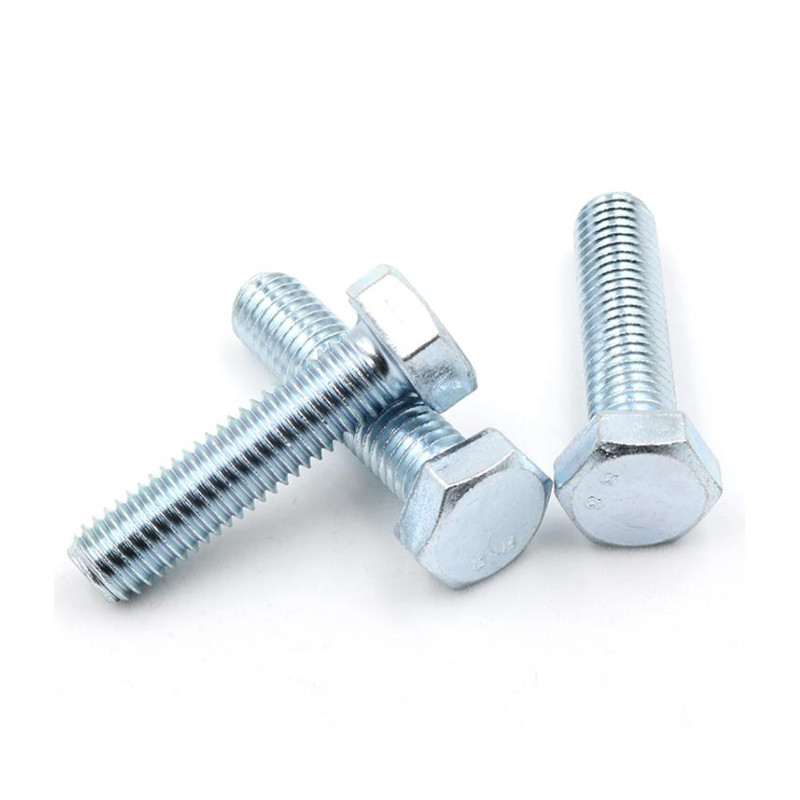
Technical Advantages and Diverse Application Scenarios
The inherent technical advantages of the DIN933 Hex Bolt make it indispensable across a multitude of industries. Its full-thread design ensures maximum engagement with the nut or tapped hole, providing superior tensile and shear strength, which is critical in dynamic and high-stress environments. This design also facilitates easier installation and removal, reducing labor time and costs. Furthermore, the availability of various material grades, from standard `mild steel hex bolt` to advanced `DIN 933 A2` stainless steel, allows for optimized performance against specific challenges such as corrosion, high temperature, or aggressive chemical exposure. The longevity of these fasteners contributes significantly to the overall durability and safety of assembled structures and machinery.
These fasteners find extensive application in critical sectors. In the petrochemical industry, DIN933 Hex Bolt are used in pipeline flanges, valve assemblies, and structural supports, where resistance to corrosive agents and high pressures is vital. The metallurgy sector relies on them for heavy machinery, furnace components, and structural steel framing due to their high load-bearing capabilities. In water and drainage systems, especially when made from corrosion-resistant `DIN 933 A2` stainless steel, they ensure leak-proof connections and long service life. Other key applications include power generation (wind turbines, solar panel mounting), automotive manufacturing (engine components, chassis assembly), and general construction (structural connections, heavy equipment). The reliability and adaptability of these bolts often translate into enhanced system efficiency and reduced maintenance requirements, offering tangible benefits like improved energy efficiency in optimized systems and superior long-term anti-corrosion performance.
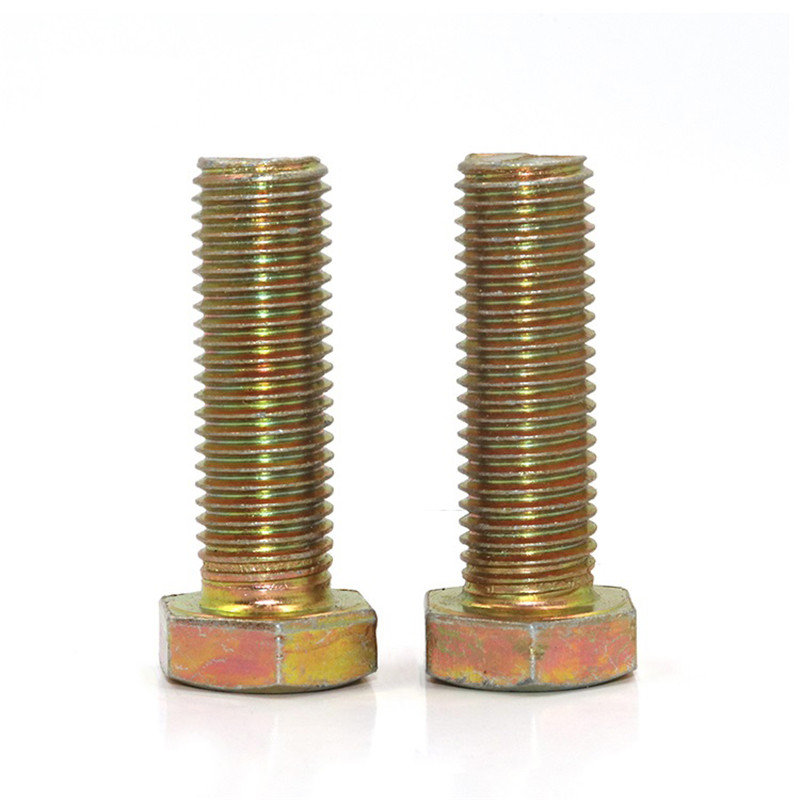
Manufacturer Comparison and Tailored Customization Solutions
Selecting the right manufacturer for DIN933 Hex Bolt is crucial for project success, as it directly impacts quality, delivery, and cost-effectiveness. Key factors to consider include the manufacturer's adherence to international standards (`din 933` equivalency, ISO certifications), their range of materials (e.g., capability for `mild steel hex bolt`, `DIN 933 A2`), production capacity, and flexibility in offering customized solutions. A reputable supplier will not only provide standard `din 933 m10` or other common sizes but also possess the technical expertise to produce bolts with unique lengths, specific head types, or specialized coatings to meet bespoke project requirements.
The ability to offer customized solutions is a significant differentiator in the B2B fastener market. For instance, a project might require a specific surface finish for enhanced UV resistance, or non-standard thread pitches for legacy equipment. Leading manufacturers leverage advanced CNC machining and precise forging techniques to accommodate these unique demands, ensuring optimal fit and performance. Below is a comparison table illustrating key attributes of different types of manufacturers, helping decision-makers evaluate potential partners based on their specific needs and priorities, ranging from volume production to niche customization. Our service cases frequently involve tailoring the DIN933 Hex Bolt to complex structural and machinery requirements, consistently achieving precise engineering specifications and client satisfaction.
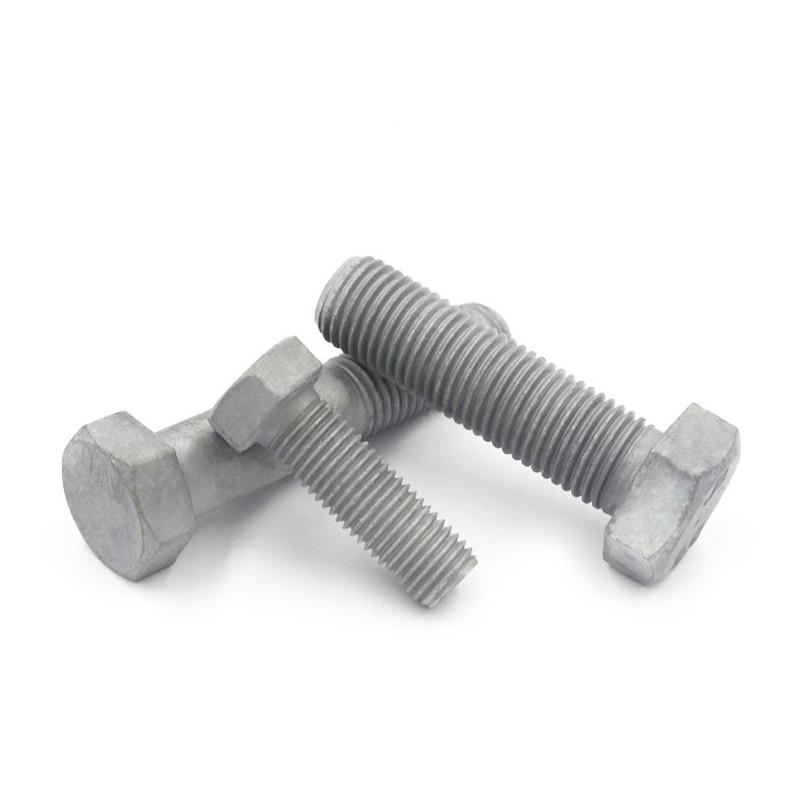
| Attribute | Standard Production Focused | Custom & Specialized Focused |
|---|---|---|
| Product Range | High volume of common sizes (e.g., `din 933 m10`) and grades. | Standard sizes plus specialized dimensions, materials (`DIN 933 A2`), coatings. |
| Customization | Limited or no custom options. | Extensive customization for dimensions, materials, finishes, small batches. |
| Lead Time | Generally shorter for standard, in-stock items. | Potentially longer due to design, tooling, and specialized production. |
| Certifications | Basic ISO, material certifications. | Comprehensive ISO, specific industry (e.g., TUV, API), full traceability. |
| Technical Support | Standard product data sheets. | Engineering consultation, design support, material science expertise. |
| Price Point | Competitive for bulk standard orders. | Higher for specialized requirements, reflecting R&D and precision. |
Real-World Application Cases and Performance Insights
The practical application of DIN933 Hex Bolt extends across numerous challenging environments, demonstrating their robust performance and adaptability. One notable case involves a major oil and gas refinery where our `DIN 933 A2` stainless steel bolts were employed for securing critical pipeline flanges exposed to highly corrosive crude oil and saltwater spray. The previous `mild steel hex bolt` options suffered rapid degradation, leading to frequent maintenance and costly downtime. Our stainless steel solutions provided exceptional longevity, drastically reducing corrosion-related failures and extending the service interval from bi-annual to every five years, showcasing significant operational savings and enhanced safety.
Another compelling example comes from a large-scale renewable energy project where `din 933 m10` and larger diameter bolts were used in the assembly of wind turbine towers. These fasteners endure immense static and dynamic loads, as well as constant vibration and extreme weather conditions. Through our meticulous manufacturing process, ensuring precise thread geometry and optimal heat treatment, our DIN933 Hex Bolt demonstrated superior fatigue resistance, contributing to the structural integrity and extended operational life of the turbines. Client feedback consistently highlights the superior reliability and consistency of our fasteners, affirming their critical role in ensuring long-term structural stability in high-stakes infrastructure projects. Our commitment to exceeding `din 933` and equivalent ISO standards is consistently validated by such real-world performance data.
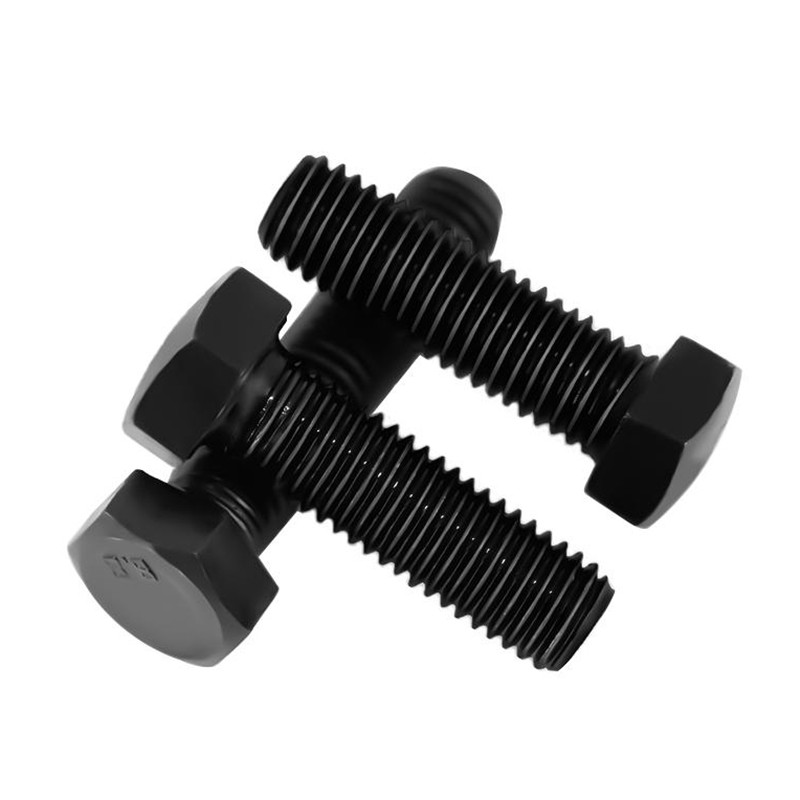
Ensuring Quality: Certifications, Testing, and Unwavering Trust
Quality assurance is the bedrock of trust in the industrial fastener sector. For every DIN933 Hex Bolt manufactured, rigorous testing and adherence to international standards are non-negotiable. Our internal quality management system is certified to ISO 9001, ensuring every stage from raw material procurement to final packaging meets stringent criteria. Products undergo comprehensive mechanical testing, including tensile strength, yield strength, elongation, and hardness tests, to verify compliance with `din 933` and equivalent ISO 4017 specifications. Additionally, specialized tests such as salt spray tests for corrosion resistance (especially for treated `mild steel hex bolt` or `DIN 933 A2` fasteners) and metallurgical analysis are conducted to guarantee material integrity and coating performance.
Our commitment to authority is further evidenced by partnerships with independent third-party testing laboratories and industry associations. This ensures unbiased verification of our product performance and material compliance. We offer full traceability for all batches, providing material certificates and test reports upon request. Our proven track record of over two decades in the industry, coupled with consistent positive client feedback and successful project implementations across diverse sectors, underpins our trustworthiness. We stand by our products with comprehensive warranty policies and dedicated customer support, ensuring seamless post-purchase experience and long-term reliability for every DIN933 Hex Bolt supplied. Our average delivery cycle is approximately 3-4 weeks for standard orders, with expedited options available for urgent requirements, while custom orders may vary based on complexity.
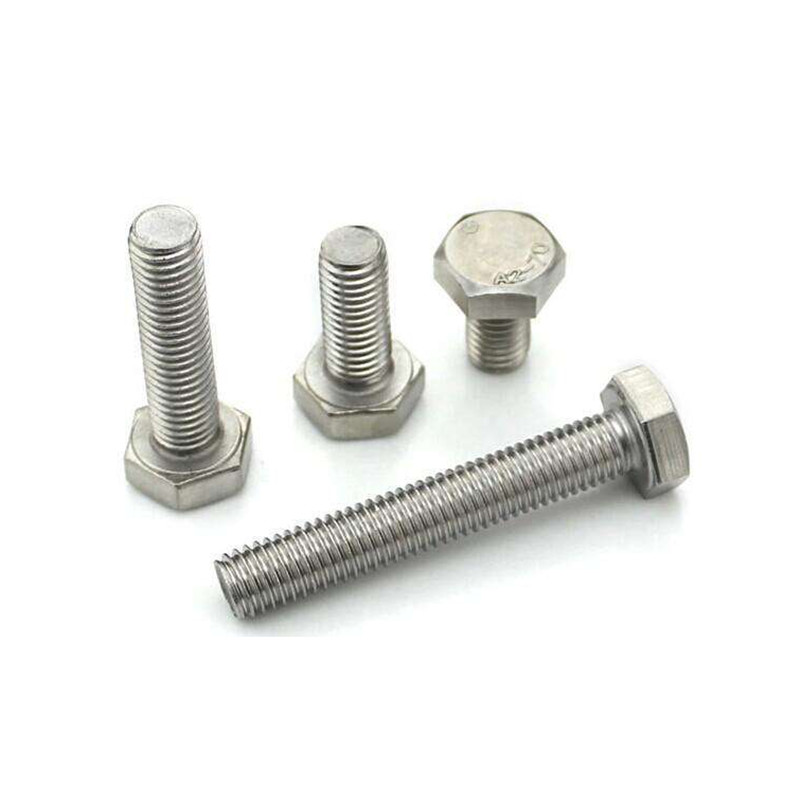
Frequently Asked Questions (FAQ)
-
Q1: What is the primary difference between DIN 933 and DIN 931 bolts?
A1: The key distinction lies in their threading. A DIN933 Hex Bolt features a full thread, meaning the threads extend up to the bolt's head, providing maximum thread engagement for higher shear strength and easier positioning. In contrast, DIN 931 bolts are partially threaded, possessing a plain shank section below the head. This makes DIN 931 suitable for applications where a strong clamping force is required through the plain shank, preventing thread damage in shear planes.
-
Q2: How do I choose the correct material grade for a DIN933 Hex Bolt, like a mild steel hex bolt vs. DIN 933 A2?
A2: Material selection depends entirely on the application environment and required mechanical properties. For general structural connections in non-corrosive or mildly corrosive environments, a `mild steel hex bolt` (e.g., property classes 4.8 or 8.8) with appropriate coatings (like zinc plating) is often sufficient and cost-effective. However, for highly corrosive environments (e.g., marine, chemical processing), high temperatures, or applications requiring hygienic properties, `DIN 933 A2` (A2-70 or A2-80 stainless steel) or A4 (A4-70 or A4-80, more corrosion resistant) would be imperative. Always consult specific project requirements and engineering specifications.
-
Q3: What quality standards should I look for when sourcing DIN 933 m10 bolts?
A3: When sourcing `din 933 m10` or any other size, ensure the manufacturer adheres to relevant international standards. Look for certifications such as ISO 9001 for quality management systems. Product-specific compliance to DIN 933, ISO 4017, and potentially EN ISO 4017 is essential. Reputable suppliers provide Material Test Reports (MTRs) or Certificates of Conformance (CoC) that detail chemical composition and mechanical properties, ensuring the bolts meet the specified strength and durability requirements. Third-party testing verification is an added layer of assurance.
References
- International Organization for Standardization. ISO 4017: Hexagon head screws with full thread - Product grades A and B.
- Deutsches Institut für Normung. DIN 933: Hexagon head bolts with thread up to head - Product grade A and B.
- European Committee for Standardization. EN ISO 898-1: Mechanical properties of fasteners made of carbon steel and alloy steel - Part 1: Bolts, screws and studs with specified property classes - Coarse thread and fine pitch thread.
- ASTM International. ASTM A307: Standard Specification for Carbon Steel Bolts, Studs, and Threaded Rod 60 000 PSI Tensile Strength.
Post time: Rgp . 14, 2025 05:40


